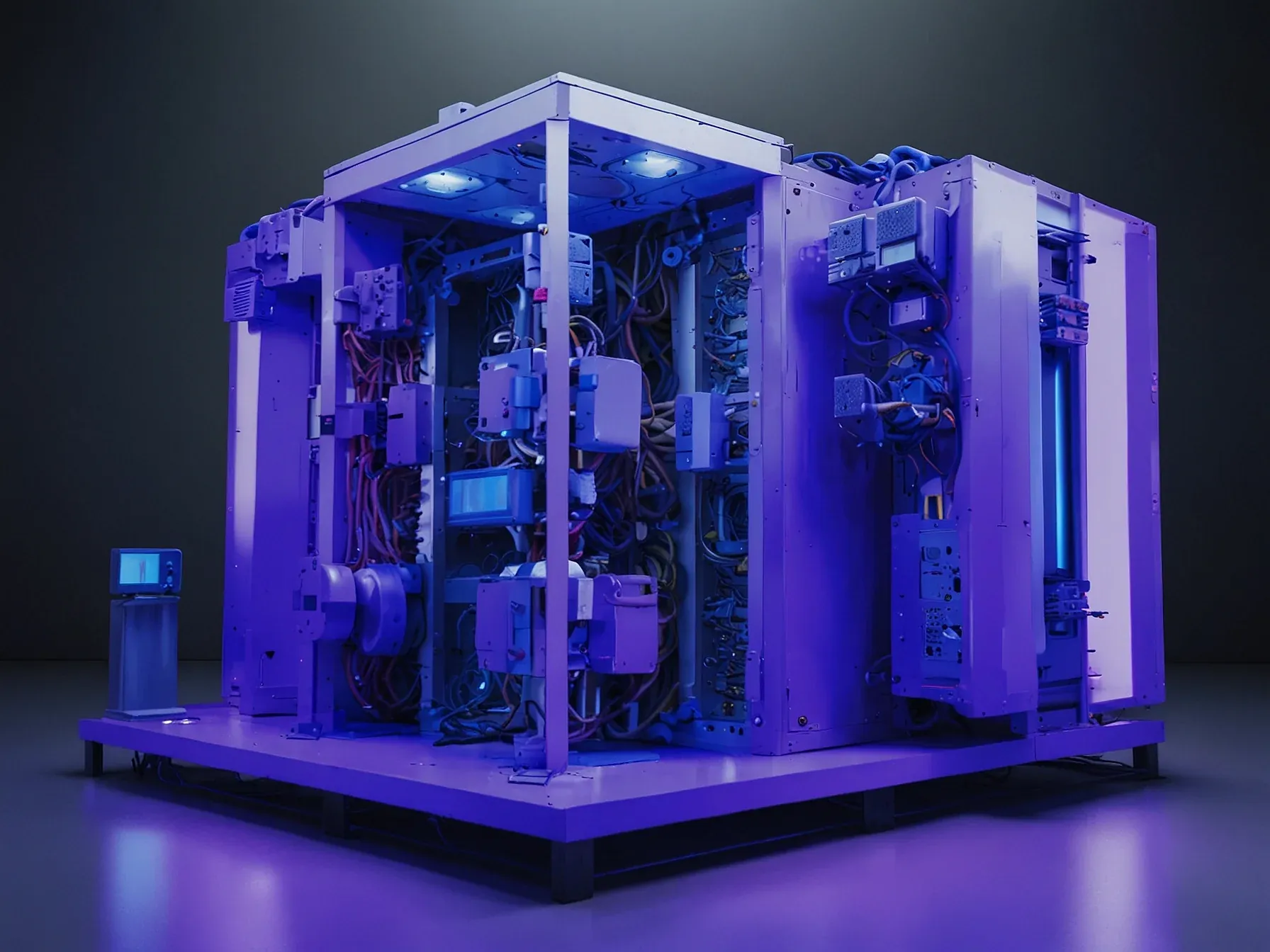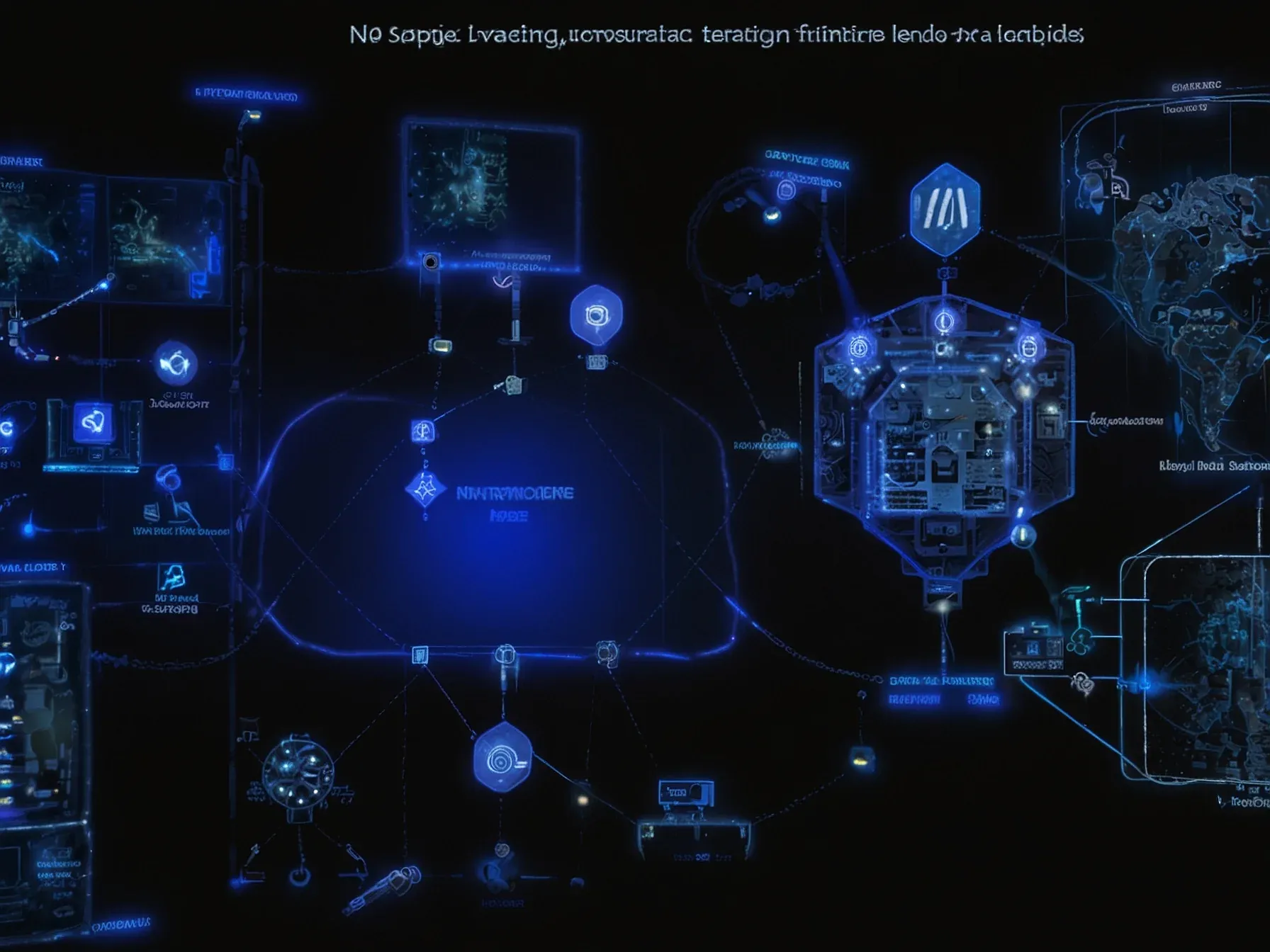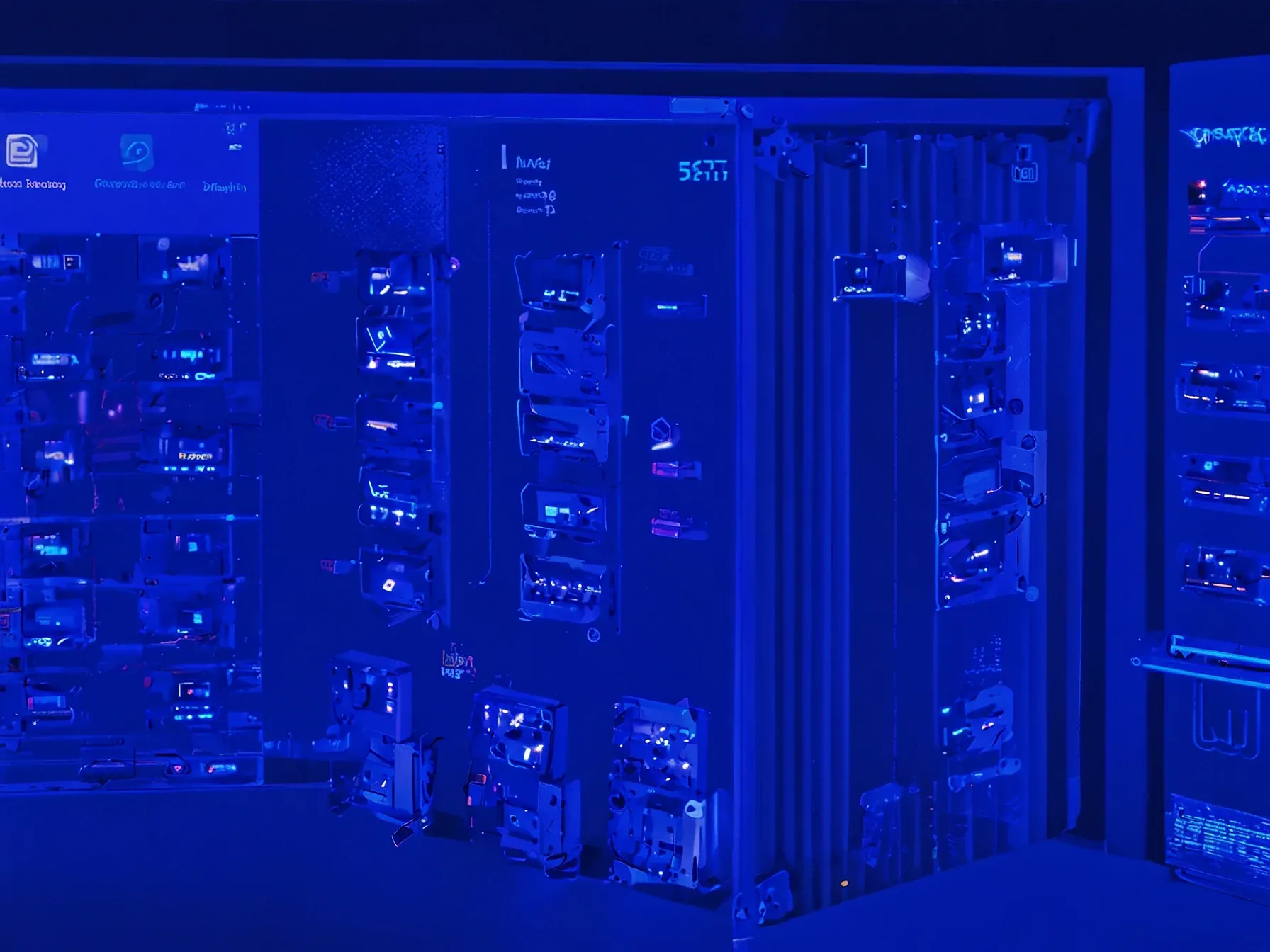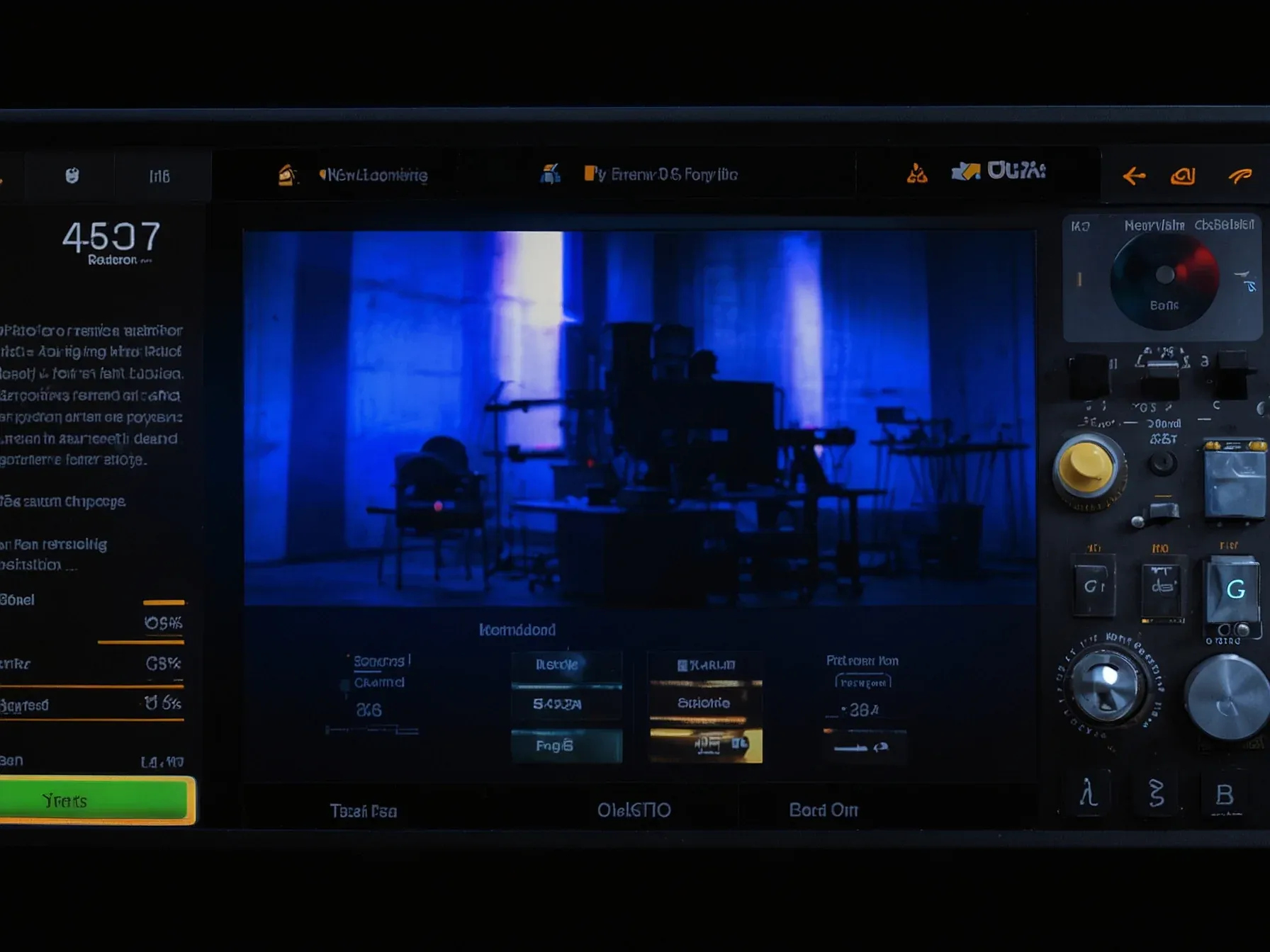
Decoder adds attention layer to refine encoder output in Transformers vs MoE
When you compare a standard Transformer to a Mixture‑of‑Experts (MoE) model, the first thing most readers notice is the split between encoder and decoder stacks. Both architectures process input sequences through an encoder, then hand the result to a decoder that generates output tokens. That hand‑off is where the designs start to diverge.
While the encoder’s job—turning raw text into a dense representation—remains largely the same, the decoder can be wired differently depending on the model’s goals. In a vanilla Transformer, the decoder simply consumes the encoder’s output and its own previous predictions. MoE variants, however, often introduce additional mechanisms to sift through the encoded information more selectively.
Understanding exactly how that extra step works is key to grasping why one model might outperform another on certain tasks. The following passage explains the role of that mechanism in the decoder’s pipeline.
The decoder uses these two parts as well, but it has an extra attention layer in between. That extra layer lets the decoder focus on the most relevant parts of the encoder output, similar to how attention worked in classic seq2seq models. If you want a detailed understanding of Transformers, you can check out this amazing article by Jay Alammar.
He explains everything about Transformers and self-attention in a clear and comprehensive way. He covers everything from basic to advanced concepts. Transformers work best when you need to capture relationships across a sequence and you have enough data or a strong pretrained model.
Is the hype around MoE justified? The article notes that most headline‑grabbing models—ChatGPT, Gemini, Grok—share the same core Transformer architecture. Yet a new buzzword, Mixture of Experts, has entered the conversation, and many readers are left wondering how it truly differs.
Some commentators treat MoE as a brand‑new design; others simply label a scaled‑up Transformer as such. The piece doesn't resolve that tension, leaving it unclear whether MoE introduces fundamentally new mechanisms or merely expands existing ones. In the decoder, an extra attention layer sits between the two standard parts, allowing it to zero in on the most relevant encoder outputs, echoing classic seq2seq attention.
This detail underscores that, despite the terminology shift, the underlying operations remain recognizably Transformer‑based. A subtle shift. Consequently, the distinction between “Transformer” and “MoE” may be more semantic than architectural, though the article stops short of confirming that view.
Readers should therefore treat the MoE label with measured skepticism until further technical clarification emerges.
Further Reading
- MoE vs Dense vs Hybrid LLM architectures - Wandb
- Mixture-of-Experts (MoE) LLMs - Cameron R. Wolfe, Ph.D. (Substack)
- Mixture-of-Experts (MoE) Architectures: 2024–2025 Literature Review - Rohan Paul
- The Big LLM Architecture Comparison - Ahead of AI - Ahead of AI (Sebastian Raschka)
- What is 'Mixture of Experts' in LLM Models? - Pinggy
Common Questions Answered
What extra component does the decoder include when comparing a standard Transformer to a Mixture‑of‑Experts model?
The decoder adds an additional attention layer between its two main parts. This layer allows the decoder to focus on the most relevant sections of the encoder output, differentiating it from a plain Transformer decoder.
How does the decoder's extra attention layer function similarly to attention in classic seq2seq models?
The extra attention layer operates like the attention mechanism used in classic sequence‑to‑sequence models, by weighting encoder representations based on their relevance to the current decoding step. This lets the decoder attend selectively to encoder outputs, improving context alignment.
Which headline‑grabbing models are mentioned as sharing the same core Transformer architecture despite the MoE hype?
The article notes that models such as ChatGPT, Gemini, and Grok all rely on the same fundamental Transformer architecture. Even though they are often marketed with Mixture‑of‑Experts terminology, their core building blocks remain unchanged.
What key question remains unanswered about whether Mixture‑of‑Experts introduces fundamentally new mechanisms?
The piece leaves it unclear whether MoE brings truly novel mechanisms or simply represents a scaled‑up version of existing Transformers. Commentators are divided, with some treating MoE as a brand‑new design and others seeing it as a rebranding of larger Transformers.




